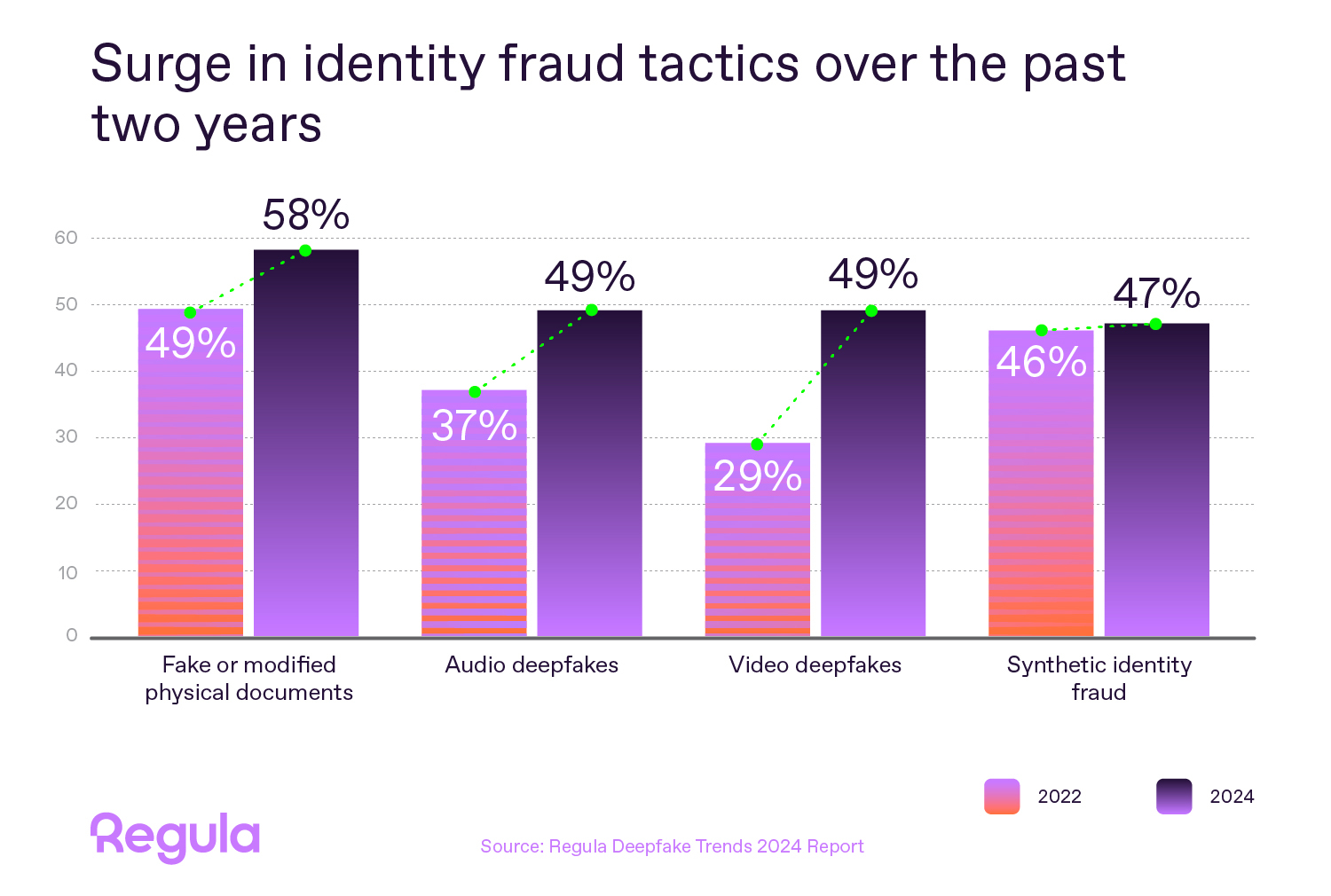![]()
The digital asset custody landscape is largely split into two sectors: third-party custodians and wallet technology providers. This means that either you can trust a third party such as a regulated custodian to hold your money, or you can buy and run the technology provided by a wallet technology provider.
During the earlier days of the industry, there was much emphasis on self-custody, with individuals being responsible or managing their own private keys.
Palisade team thinks this was primarily because at the time a lot of crypto was held by individuals, rather than organizations. But as the industry matured, we saw the shift where more and more institutions and businesses entered the market that wanted to hold crypto. These new players in the industry wanted more than self-custody using a private key. They wanted enhanced security, governance, counterparty management, recovery in case of disaster scenarios and auditability.
The self custody model could not provide all of this – so a model where the custody was managed by a third party was needed.
The third party custodians that emerged focused on customer relationship management but provided basic peer-to-peer payment services at the blockchain level. Institutions and businesses were still getting to grips with blockchain technology, so on-chain features like staking and access to DeFi weren’t a priority. Slowly as the industry further matured, the custodians shifted from basic services to adding additional managed services like staking and on-chain trading, etc.
Today, businesses and institutions are seeking to build complex use-cases such as the issuance and management of real world assets on top of blockchain. We’re seeing regulation maturing in forward-thinking jurisdictions, enabling service providers to offer features that can cater to such use-cases. Custody is no longer about providing basic access to the blockchain. It’s about partnering with customers, providing guidance and unlocking frictionless access to web3.
But there are also some challenges. Digital asset custody is an extremely complex area that is sometimes beyond the technical acumen of traditional financial institutions, including those wanting to move into the crypto space. And while the EU’s MiCA laws provide a good framework, global crypto regulation is struggling to keep pace with the development of the sector. This can make it tricky for businesses located in certain jurisdictions to play by the rules.
Why the EU’s new MiCA laws boost its ambition to become a global hub in crypto;
MiCA provides the regulatory clarity that crypto businesses are looking for. It outlines licensing requirements, capital adequacy, and consumer protection measures, giving companies a roadmap for compliance. It also creates a single rulebook across all EU member states and once a business is licensed in one EU jurisdiction, it can offer services throughout the bloc. This streamlines operations compared to other jurisdictions.
However, it still has some gaps that need to be addressed. It lacks more granular guidelines for DeFi and NFTs. There is a lot of potential here for real-world asset (RWA) issuance, on-chain copyright and digital rights management (DRM), etc that will be possible to unlock once the regulatory clarity is there. Consumer protections also need to be strengthened. Stronger cybersecurity requirements and AML-CTF regime across the board will help address some of these issues.
From what the Palisade team knows so far, MiCA 2.0 aims to target most of this, providing clarity for financial and crypto businesses to innovate across Europe. Most of the innovation today is happening outside regulation, which, although due to lack of regulation, is not in the best interests of the parties involved.
If we want mass adoption, we need better clarity through a regime that fosters innovation while ensuring a fair playing field. Right now, from what we know at Palisade, Europe’s MiCA is a step in the right direction.
Their experience in the Web3 space and expert insights on the industry as well as its evolution; The founding story of Palisade and what its upcoming plans are.
For context: Tom and Manthan from Palisade met when working as Staff Software Engineers at Ripple, a leading provider of cross-border payment and digital asset custody solutions.
“We noticed an opportunity to create a new, but different platform in the crypto asset custody space. We saw some larger players offering a “one size fits all” approach, which isn’t always the easiest for traditional businesses to work with. It was clear there was an opportunity to create a new custody platform that not only offers simple, secure and scalable, solutions but also, more importantly, customizable ones. That is why we took the leap and left our day jobs to build Palisade.”, Tom and Manthan say.
“This is a major year of growth for us. We have spent the last two years building the platform and the business infrastructure to support it. 2024 is about working with our clients to develop next-generation, innovative solutions.
“We also have a major focus on the tokenization of real-world assets. There is an increasing number of businesses that want to tokenize unique assets on the blockchain. But there is a lack of understanding and ability to do so. We help our customers mint and manage digital tokens for various applications, such as carbon credits and gold.”


Recent Comments